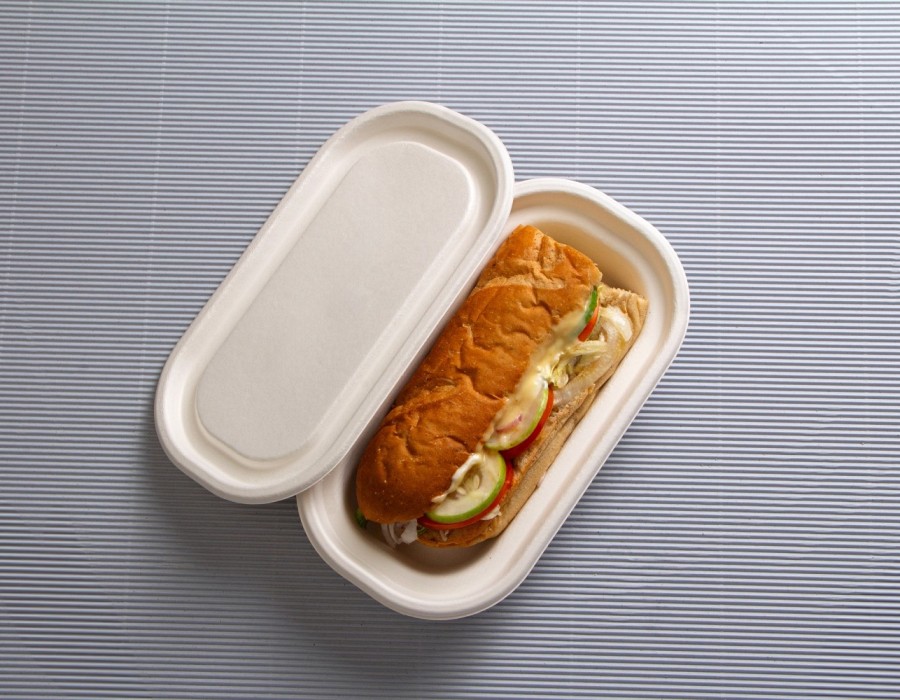Introduction
As businesses seek sustainable packaging solutions, the rise of bagasse containers has garnered attention. Made from sugarcane fibers, bagasse containers are compostable, eco-friendly, and a popular choice for reducing plastic waste. However, one key question remains for the frozen food industry: can these containers withstand extreme temperatures?
The Strength of Bagasse: Durability at Low Temperatures
Bagasse is a versatile material known for its durability and heat resistance, but its performance in cold environments is equally impressive. Unlike traditional plastic packaging, which may become brittle in freezing temperatures, bagasse containers maintain their structural integrity. This makes them suitable for storing frozen foods without the risk of cracks or leaks. Additionally, they are naturally moisture-resistant, preventing freezer burn, which is essential for maintaining food quality during long storage periods.
Testing Bagasse Containers for Freezing Conditions
Various studies have tested the durability of bagasse containers in extreme cold, with promising results. In freezing environments, these containers show minimal structural degradation, making them a practical option for frozen food packaging. However, prolonged exposure to sub-zero temperatures may slightly alter their texture, which is not uncommon for biodegradable materials. Despite this, bagasse containers generally hold up well, particularly for short-to-medium-term freezing.
Eco-Friendly and Safe for Food Storage
Bagasse containers not only perform well in the freezer, but they are also free from harmful chemicals, unlike some plastic packaging options that may release toxins at varying temperatures. This makes bagasse an ideal choice for eco-conscious brands seeking sustainable packaging solutions that are safe for food storage. Additionally, because these containers are compostable, they offer an environmentally friendly alternative to plastic packaging, aligning with the green values of many consumers and businesses.
A Future for Frozen Foods in Bagasse
The adaptability of bagasse containers in both hot and cold conditions demonstrates their potential for use in the frozen food industry. While they are not as well-established in this sector as plastics, their growing popularity signals a shift toward more sustainable packaging solutions. As businesses continue to explore alternatives to plastic, bagasse containers offer an eco-friendly and functional option that can help reduce environmental impact while meeting food safety standards.
In conclusion, bagasse containers are a viable solution for the frozen food industry, proving that sustainability doesn't have to come at the cost of functionality. With their ability to handle cold temperatures and contribute to environmental conservation, bagasse containers are poised to make a significant impact in food packaging.





Comments